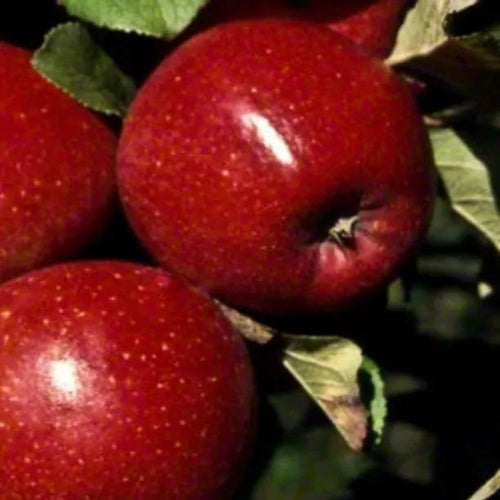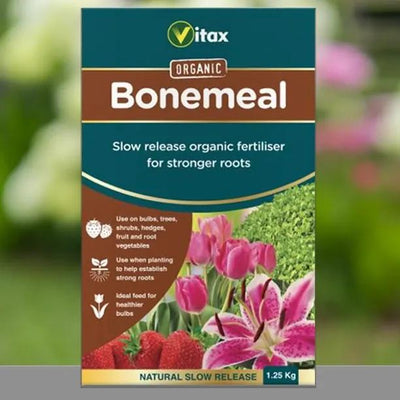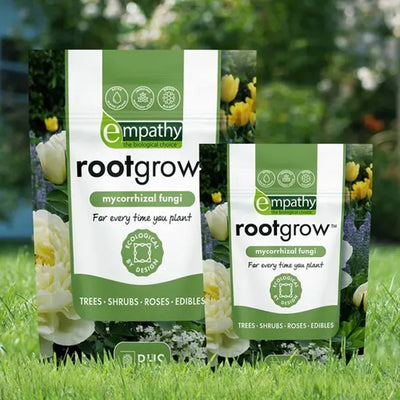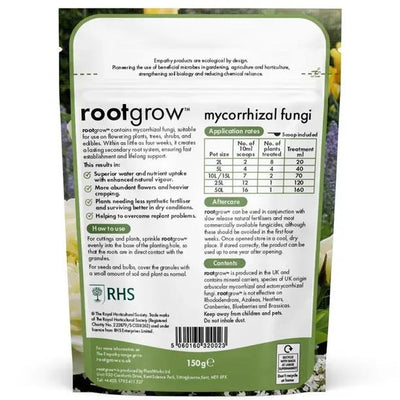Red Windsor Apple Trees
Red Windsor or Red Alkmene is an excellent sweet apple with cherry red skin. A relatively small tree, it still bears heavy crops and the blossom is resistant to spring frosts. Due to its disease resistance, reliably cropping, and superior flavour, it's considered an essential tree for growing in humid, Western parts of the UK.
Browse our range of apple trees, or all our fruit trees.
Read our guide to buying apples.
Delivery season: Bareroot plants are delivered in late Autumn to Spring, about November-March inclusive. Pot grown plants, year round.
Features
- Eating: Sweet, juicy, aromatic
- Spur bearer
- Self fertile
- Pollinator
- Pollination Group C.
- Harvesting: Mid September
- Stores 1 - 2 months.
- Scab resistant
- Top variety for the West side of UK
- RHS Award of Garden Merit
Growing Red Windsor Apples
Apples like rich, well drained soil, and will thrive on clay in locations that do not get waterlogged in winter.
A full day of sun and shelter from the wind is ideal..
Rootstocks:
- Red Windsor Maidens & Standards are grown on MM106 rootstocks. These are suitable for espaliers or freestanding trees.
-
Cordons are grown on dwarfing M9 rootstocks.
-
Bush trees are grown on M26 rootstocks. These are freestanding trees with short trunks. Their final height is about 3 metres.
Pollination Partners for Red Windsor
Your trees are self fertile, making decent crops without a pollination partner, but still perform best with one.
Red Windsor is in Pollination Group C, which cross-pollinates with other apple trees in Groups B, C and D.
Use our Fruit Pollination Checker to quickly find pollination partners, or Apple Pollination Guide to learn more.
History & Trivia
This tree is a sport of a 1930's German tree called Alkmene. The sport was cloned from a branch that appeared on an Alkmene tree in Herefordshire, 1985. Alkmene was previously known as Early Windsor in Britain and renamed "Sweet Lilibet" by school children in a competition in 1998. Red Windsor / Red Alkmene is essentially the same apple, just with a red flush pretty much all over the skin, whereas the original Alkmene's skin only has a few red stripes and patches.
The parent trees are Cox's Orange Pippin and Geheimrat Dr. Oldenburg.
Apple Tree Delivery Shapes:
Most of our fruit trees are delivered in up to 3 shapes (maiden, bush, and half standard), scroll up to see what's in stock.
Maiden: Unbranched tree, the most basic starting size, which you can train into the other forms (apart from mini patio trees).
Bush: Freestanding tree with a short trunk about 60cm tall. It'll grow to about 3m. Ideal for small gardens.
Half-Standard: A freestanding form with a trunk about 120cm tall. It'll grow into a full sized, "normal" apple tree, about 4m. Ideal for orchards, easy to mow underneath.
Cordon: Red Windsor is a spur-bearer, suitable for cordons and espaliers.
Guide to Fruit Tree Sizing.

 Secure, One-Tap Checkout
Secure, One-Tap Checkout
 Hand Picked, Delivered to Your Door!
Hand Picked, Delivered to Your Door! 1 Year Bareroot Guarantee
1 Year Bareroot Guarantee










